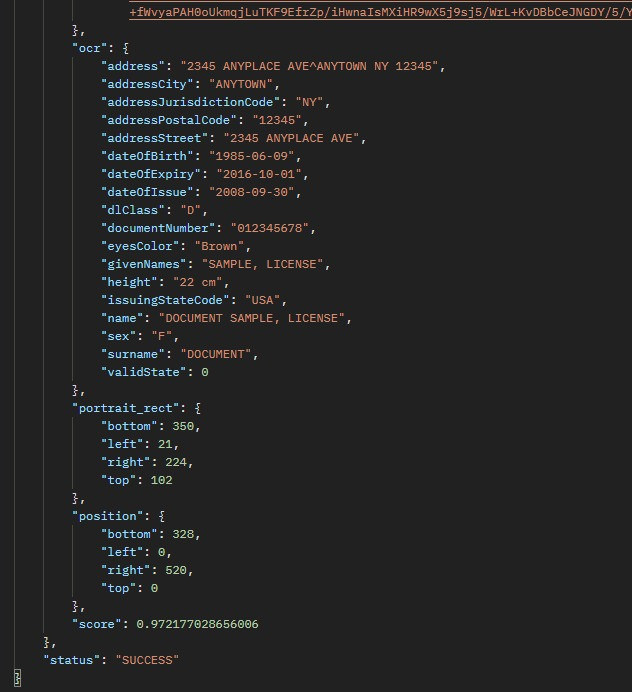User onboarding operations in the digital age frequently require the collecting and verification of identifying papers. Manually extracting data from IDs, on the other hand, can be time-consuming and error-prone. Businesses are turning to ID Document OCR (Optical Character Recognition) APIs to solve these problems and expedite the onboarding process. These potent tools make use of modern OCR technology to automatically extract critical information from ID papers, such as names, addresses, dates of birth, and more, and save it in a structured JSON format. These APIs, in addition to easing data extraction, feature extensive data validation capabilities, allowing enterprises to validate the correctness and legitimacy of the given information. Organizations may modernize their user onboarding processes by embracing ID Document OCR APIs, increasing productivity, minimizing mistakes, and boosting overall data security.

How An ID Document OCR API Makes User Onboarding Easier
By automating the extraction of information from ID papers, ID Document OCR (Optical Character Recognition) APIs streamline user onboarding. It offers a quick and effective method of capturing data from IDs, removing the need for manual entry or time-consuming verification procedures. Here’s how it makes user onboarding easier:
- Instead of manually inputting data from ID documents, these APIs use OCR technology to extract information such as name, surname, address, date of birth, document number, expiration date, issuance date, and more. This automation saves time and lowers the possibility of mistakes during human data entry.
- Structured Data Response: APIs deliver the extracted data as a structured JSON response, making it easy to integrate into your current systems and databases. This defined format maintains uniformity while also making data storage and retrieval easier.
- Data Standardization: You may ensure consistency across your databases by obtaining standardized data over these APIs. This aids in data administration and analysis, as well as improving the general quality of your data.
- Data Validation: You may use APIs to validate the retrieved data for a variety of applications. You may validate the person’s age, cross-check the name against your stored information, authenticate the document’s expiration date, and do additional security checks. This aids in the prevention of fraudulent actions and ensures the accuracy of user data.
- Security Validations: Because APIs can extract information from ID papers, it improves security validations. You may validate the document by looking for specific data points, such as a signature or profile image. This helps to establish the ID’s legitimacy and lowers the danger of identity theft or fabrication.
Which ID Document OCR API Is The Most Accurate?
After examining numerous request options, we can conclude that the Zylalabs ID Document OCR API is one of the best since it is simple to use and produces excellent results.
“ID OCR” is the desired outcome. Driver’s licenses, passports, ID cards, and permanent residency cards are used to extract structured text, photos, and signatures. There are various types of approved national identities.
In this case, we might provide the following URL (https://static01.nyt.com/images/2008/09/16/nyregion/license533.jpg) in the endpoint:

Where Can I Find The Link To ID Document OCR API?

- To get started, navigate to the ID Document OCR API and click the “START FREE TRIAL” button.
- You will be able to use the API after joining Zyla API Hub!
- Utilize the API endpoint.
- Then, by pressing the “test endpoint” button, you may make an API request and see the results shown on the screen.
Related Post: The OCR Revolution: How An API Is Transforming ID Document Processing

